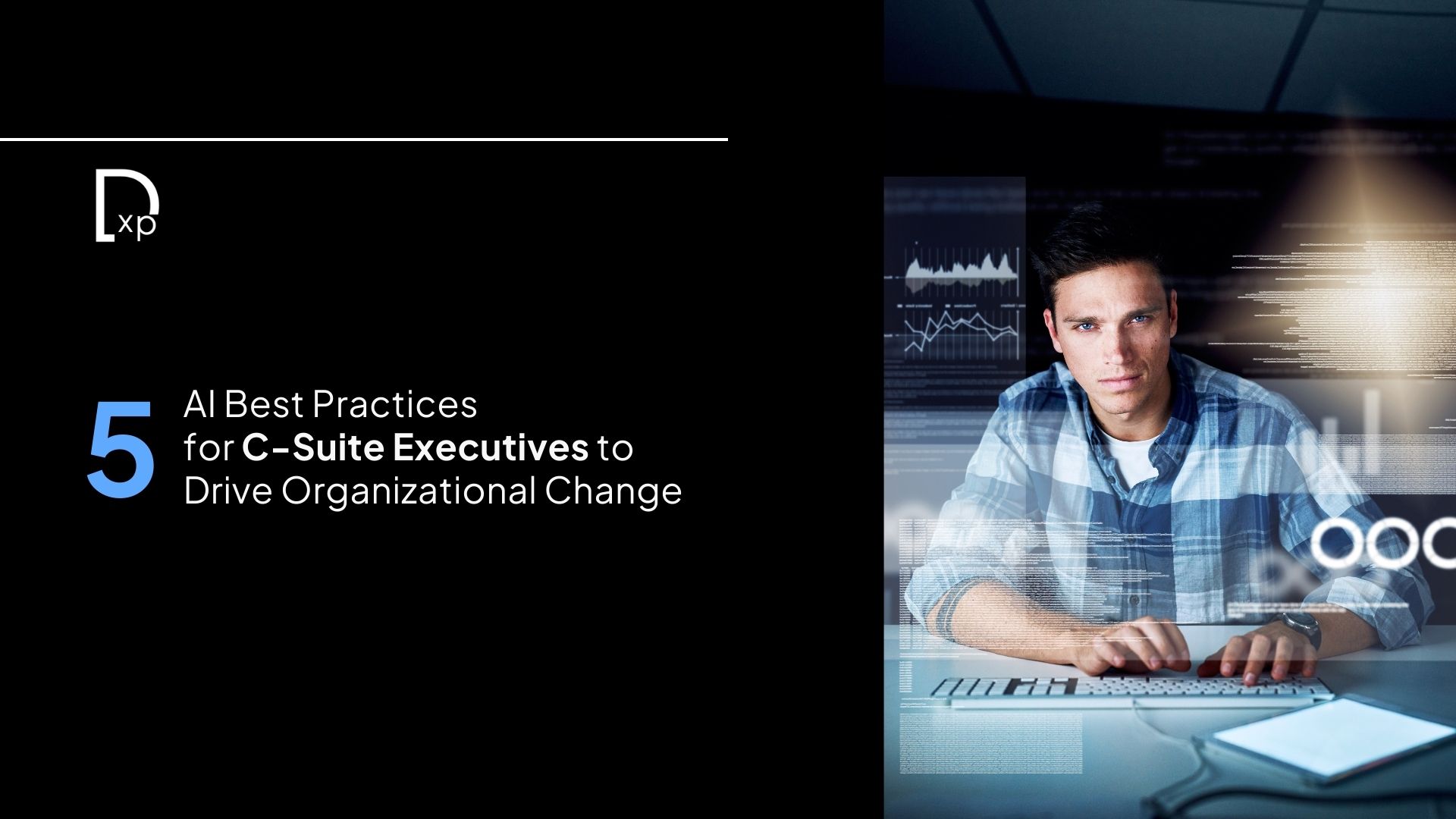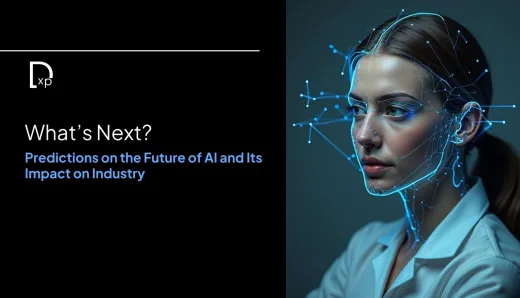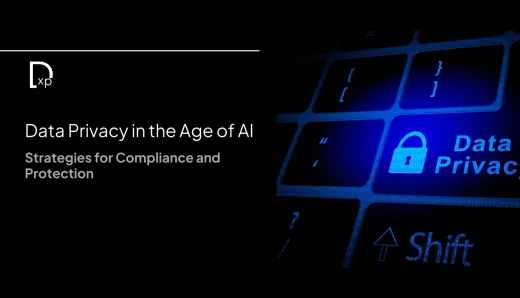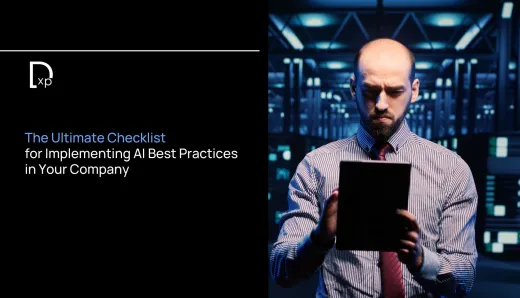Top 5 AI Best Practices for C-Suite Executives to Drive Organizational Change

Artificial intelligence is no longer a "wait and see" technology—it’s a defining force in modern business strategy. For C-suite executives, AI presents both an opportunity and a responsibility. The opportunity lies in its potential to drive transformation across every function: operations, finance, marketing, HR, and beyond. The responsibility? To lead this transformation ethically, strategically, and with clarity of purpose. And that begins with understanding the AI best practices that matter most when driving meaningful, sustainable organizational change.
AI isn’t plug-and-play. It’s not about installing a tool or signing off on a flashy pilot project. It’s about setting the tone for innovation, governance, and culture from the top. Because in this new era, competitive advantage is less about having AI and more about using it well.
1. Lead With Vision, Not Hype
The most effective C-suite leaders don’t chase AI because everyone else is doing it. They start with a vision rooted in the organization’s core mission. AI is a means, not an end. Without a clearly articulated purpose—one that ties directly to business goals, customer experience, or operational efficiency—AI initiatives become directionless experiments.
Executives need to champion a vision for how AI will improve decision-making, amplify talent, and support long-term strategic growth. This vision must be tangible, measurable, and clearly communicated across the organization. It’s easy to get lost in the buzzwords. The real challenge—and opportunity—is to distill AI’s potential into a story that resonates with every team, not just your data scientists.
2. Build Cross-Functional Teams From Day One
AI doesn’t live in silos, and neither should the teams building or governing it. One of the most vital AI best practices is to assemble cross-functional teams early—bringing together business leaders, engineers, data scientists, legal, compliance, and ethics professionals. This kind of collaboration breaks down the gaps between what AI can do and what it should do.
When the C-suite prioritizes this alignment, it sets the foundation for responsible innovation. It also prevents miscommunication between technical execution and business outcomes—a common failure point in enterprise AI adoption. In practice, this might mean setting up an internal AI steering committee, appointing a Chief AI Officer or ethics lead, or embedding privacy and compliance experts in product teams.
3. Establish Clear Governance and Risk Protocols
AI is not without risk—and risk unmanaged is risk multiplied. From data privacy concerns and algorithmic bias to compliance with evolving global regulations, the governance of AI is now a top-tier strategic issue. Executives must ensure that every AI initiative operates under a clearly defined governance framework.
This includes standards for data use, regular audits for model performance and bias, and clear escalation paths for when AI decisions go wrong. It also means preparing the organization for regulatory changes, such as the EU’s AI Act or new state-level U.S. data laws. Strong governance doesn’t slow AI down—it makes it sustainable, defensible, and aligned with public trust.
4. Treat Data as a Strategic Asset, Not a Byproduct
AI only works when data works. For most organizations, data is still scattered, siloed, and inconsistently labeled—hardly the foundation for advanced machine learning. C-suite leaders must take ownership of the data infrastructure conversation, ensuring it is treated as a core asset across every function.
This means investing in clean, ethical, high-quality data. It means enforcing data minimization and user consent practices, in line with the latest privacy regulations. And it means building data ecosystems that are not only accessible to AI models but also auditable, explainable, and secure.
If AI is the engine, data is the fuel—and no matter how powerful your algorithm, it won’t go far on bad input.
5. Focus on Culture, Not Just Capability
One of the most overlooked AI best practices for executives is cultural readiness. You can have the best models, the best infrastructure, and the best data—but if your people don’t trust AI, don’t understand it, or don’t feel empowered to use it, your investment will stall.
That’s why change management must go hand-in-hand with AI strategy. The C-suite must model openness to experimentation, encourage responsible risk-taking, and provide education around what AI is—and what it’s not. Training shouldn’t be limited to technical teams. Marketing, HR, finance—every department should have the fluency to interact with AI tools confidently and critically.
This isn’t about turning everyone into coders. It’s about creating a workforce that’s ready to partner with intelligent systems, rather than feel threatened or left behind by them.
Driving Change That Lasts
The C-suite doesn’t need to micromanage AI implementation—but it must lead with intent. Driving organizational change through AI requires more than signing off on new software or hiring a machine learning engineer. It demands a shift in how we think about innovation, risk, collaboration, and growth.
Done right, AI doesn’t just improve your business. It redefines what your business is capable of becoming. And that kind of transformation? It always starts at the top—with leaders who are bold enough to see what’s possible, and grounded enough to do it right.
In this age of intelligent systems, the organizations that lead will be those that lead responsibly. And the executives who shape them will be the ones who combine vision with discipline, ambition with ethics, and technology with trust.




